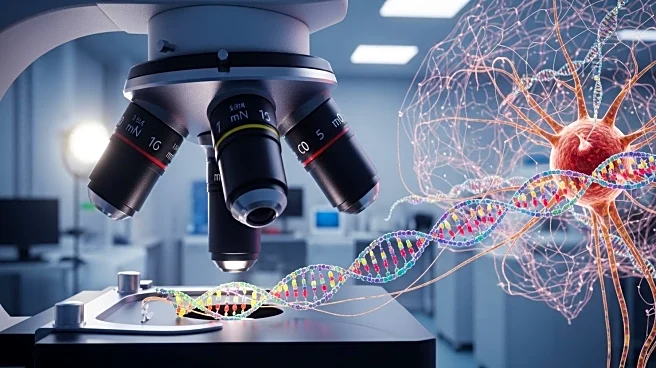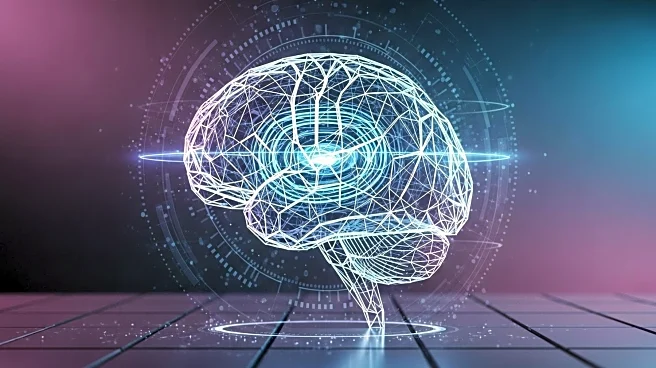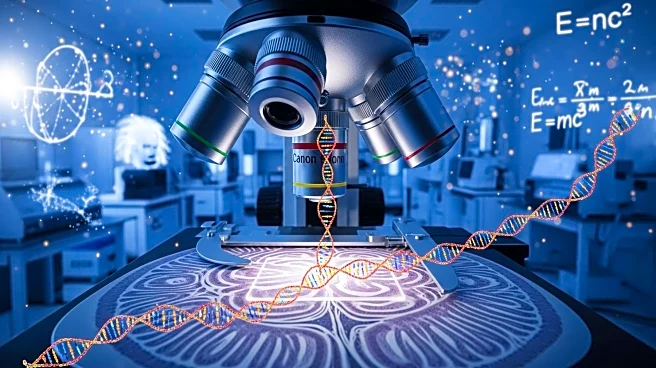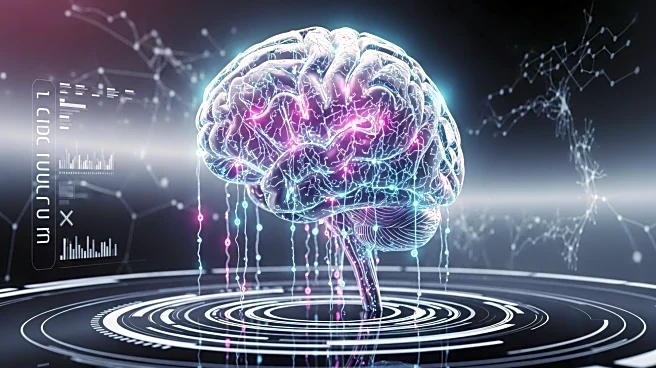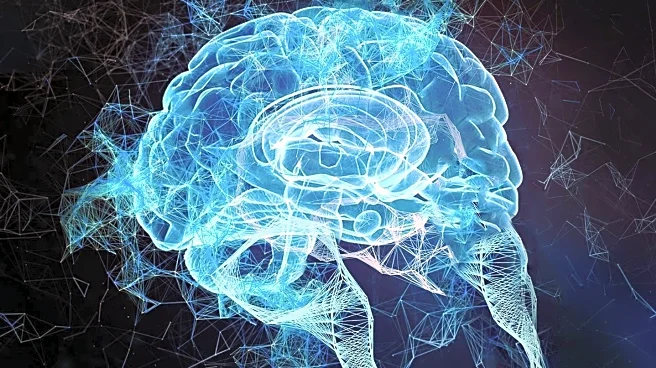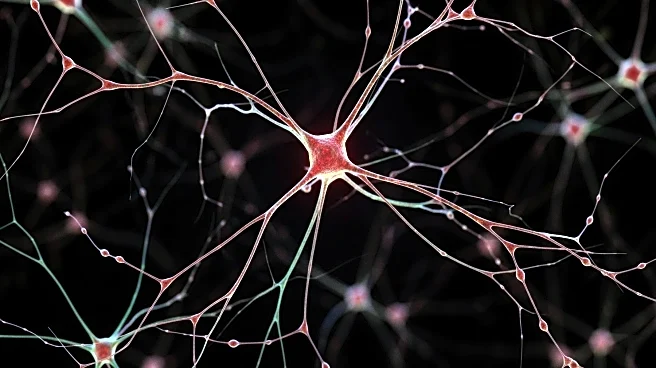What is the story about?
What's Happening?
A novel RNA-mapping method, Stereo-seq V2, developed by BGI-Research, could allow scientists to analyze preserved brain tissue at the cellular level, potentially offering insights into the biological foundations of intelligence. The technique enhances RNA mapping precision, enabling visualization of gene expression with unprecedented detail. Researchers suggest that if Einstein's preserved brain tissue were accessible, the method could be applied to study his cognitive abilities. The technique aims to improve diagnostics and treatment for rare diseases, with broader implications for understanding human cognition.
Why It's Important?
The ability to analyze brain tissue at a cellular level could revolutionize neuroscience, offering new insights into the biological basis of intelligence and cognitive function. This could lead to advancements in diagnosing and treating neurological disorders, benefiting medical research and healthcare. The potential to study historical brain samples, like Einstein's, could deepen our understanding of what contributes to exceptional intelligence, influencing both scientific inquiry and public interest in the nature of genius.
Beyond the Headlines
The exploration of Einstein's brain raises ethical questions about the study of historical specimens and the implications of decoding intelligence biologically. While the technique offers scientific promise, it also challenges our understanding of intelligence as a complex interplay of genetics, environment, and personal traits. The research highlights the potential and limitations of scientific exploration in unraveling the mysteries of the human mind.
AI Generated Content
Do you find this article useful?
